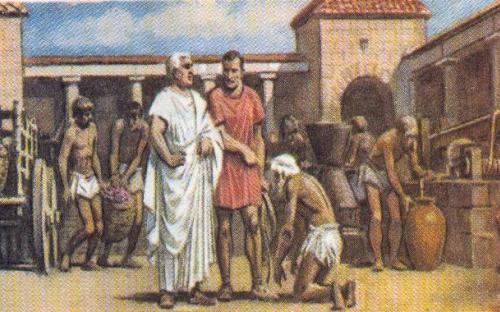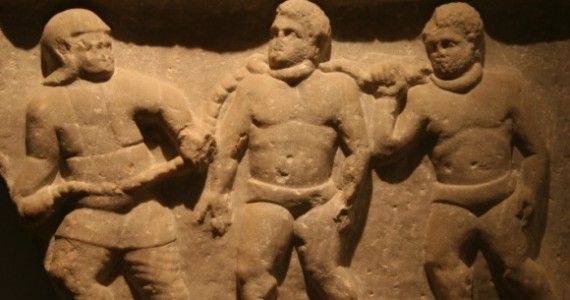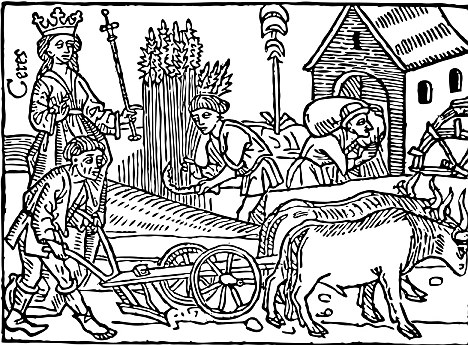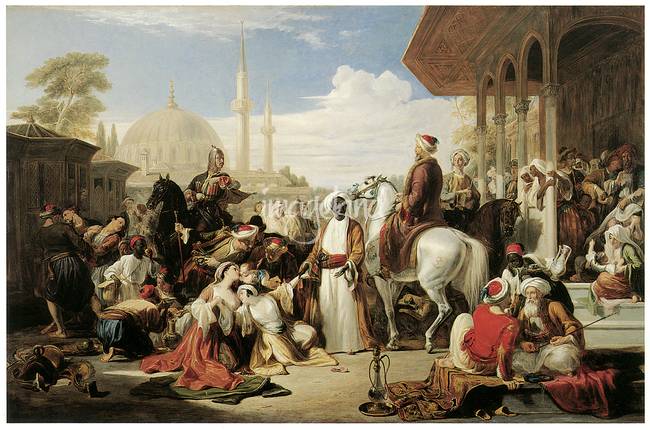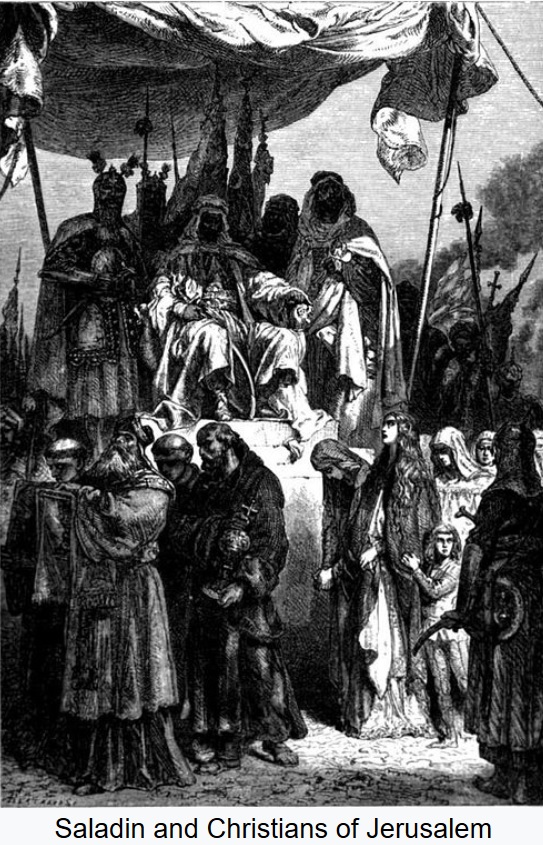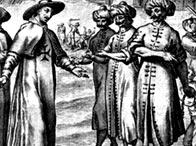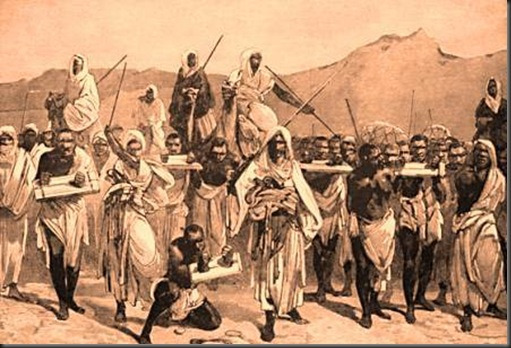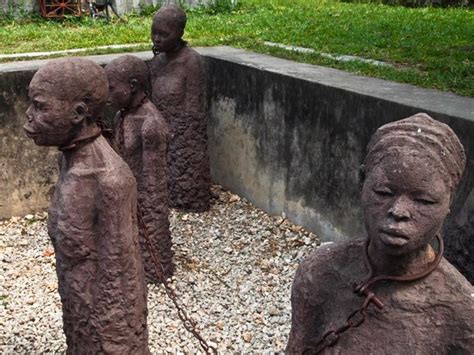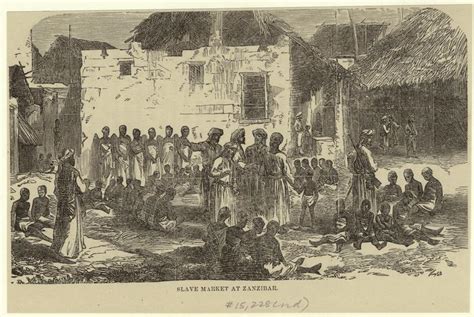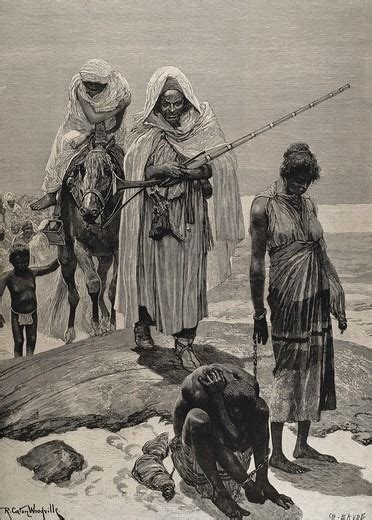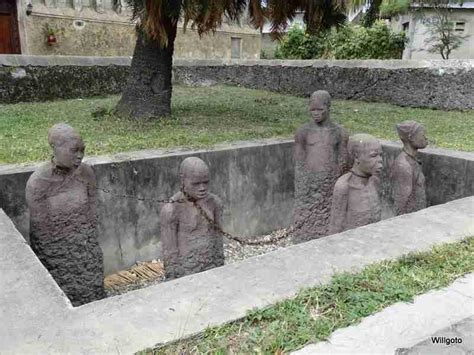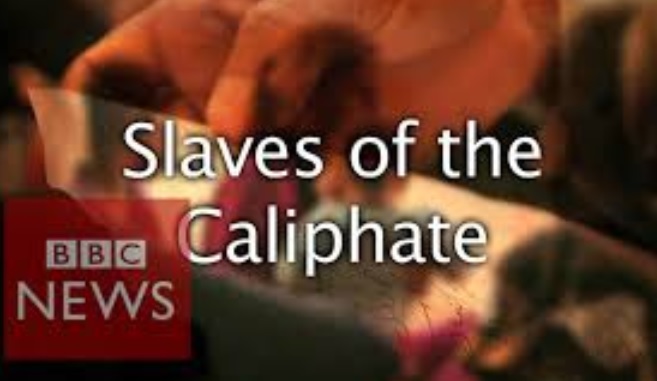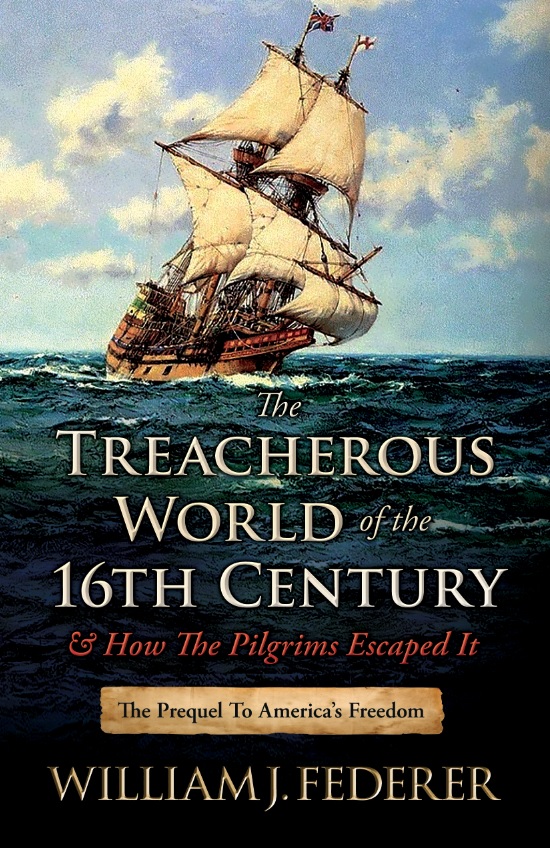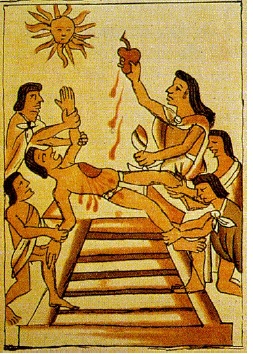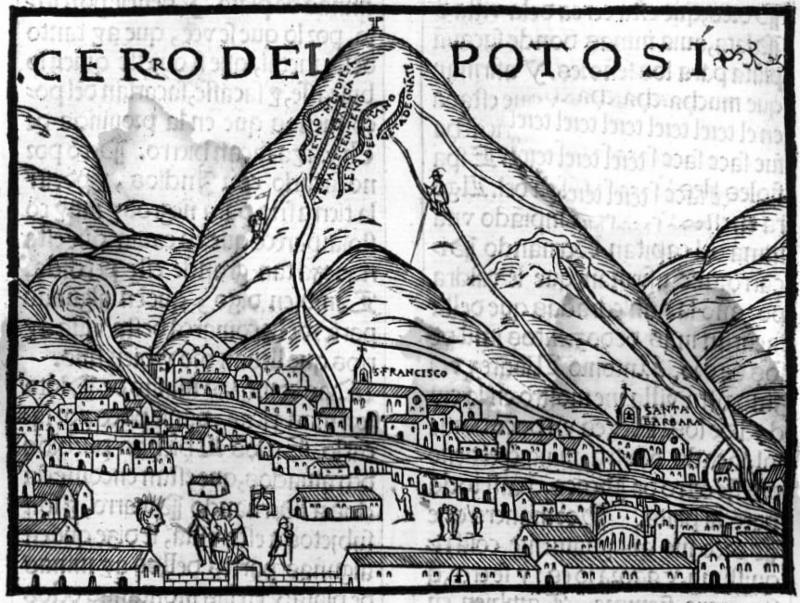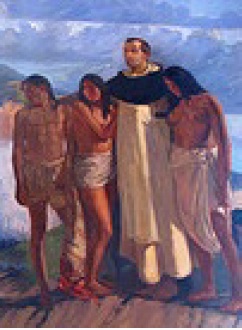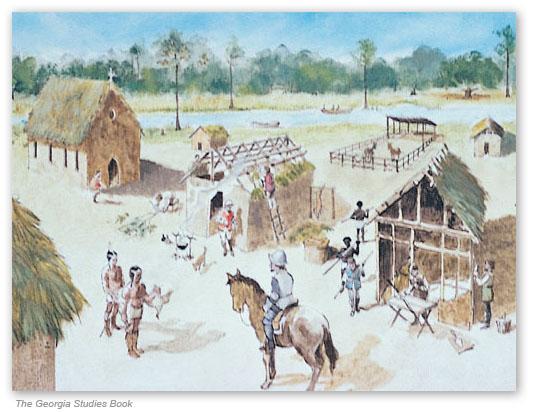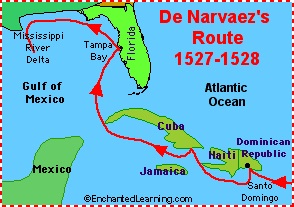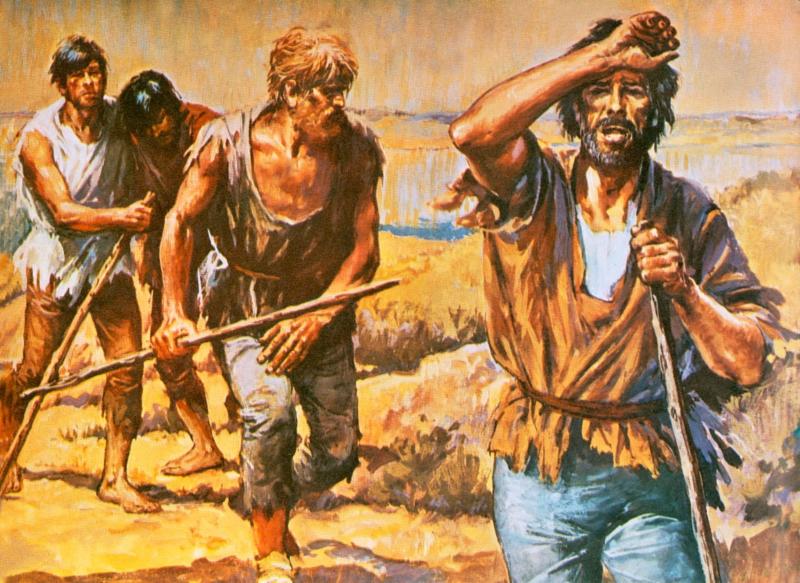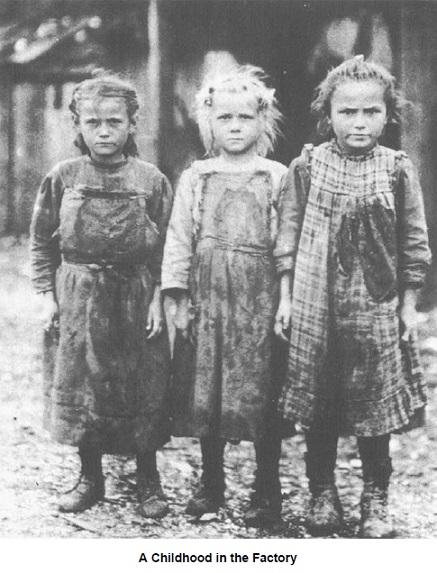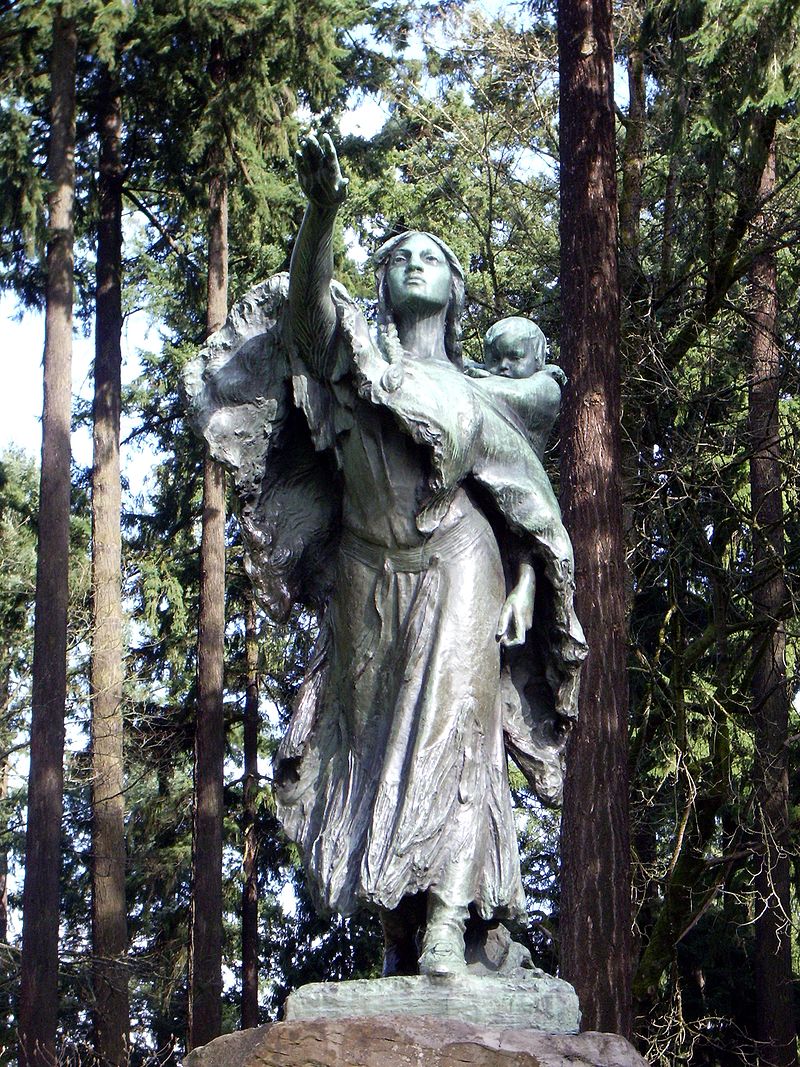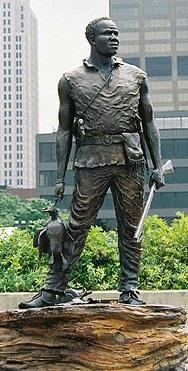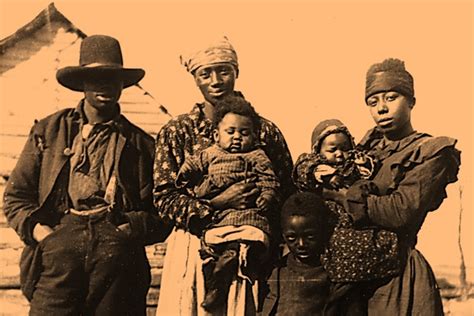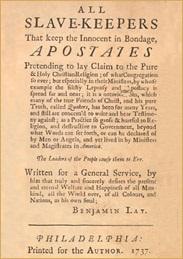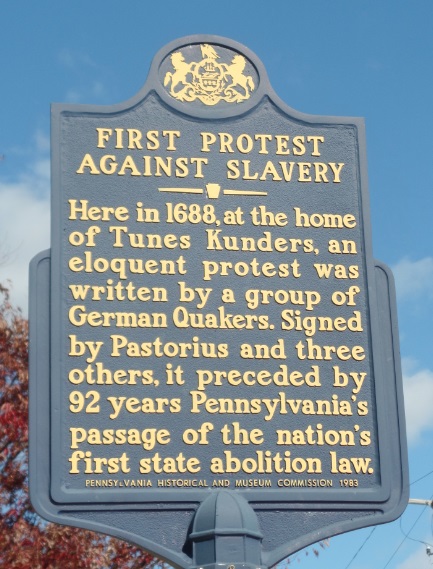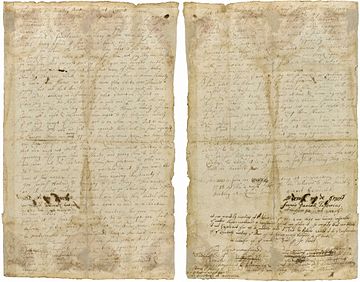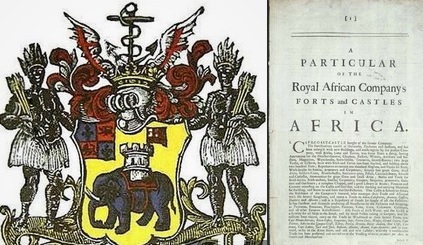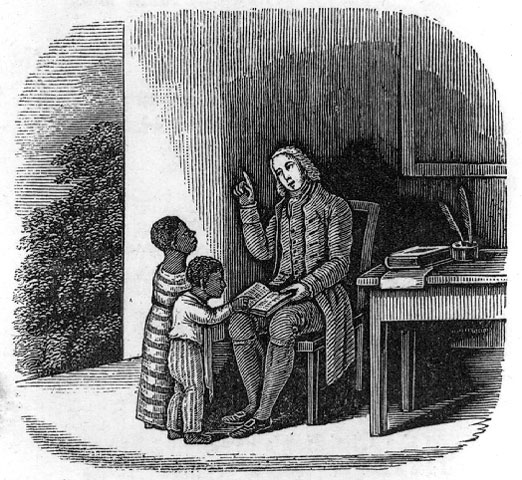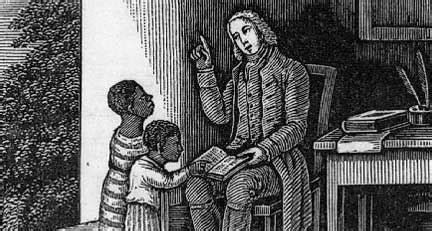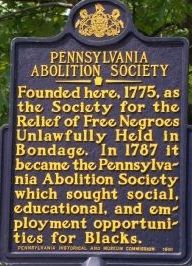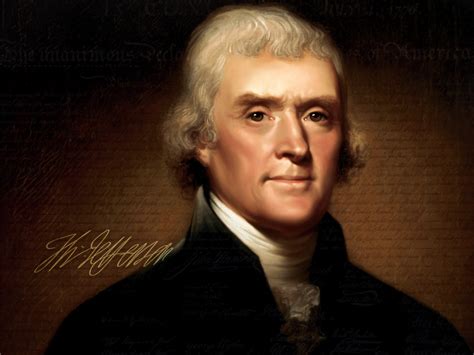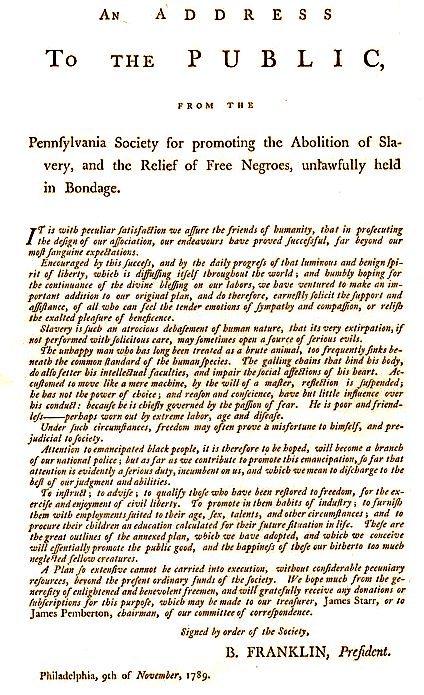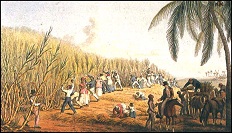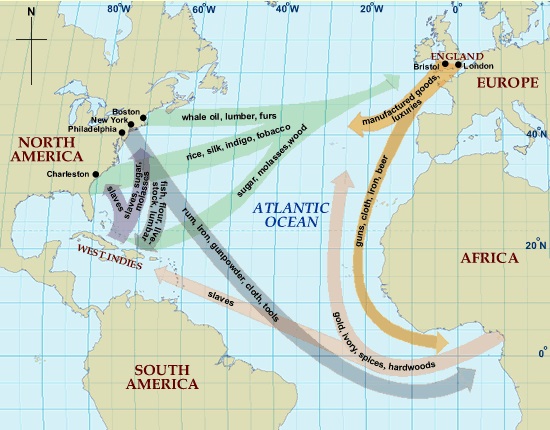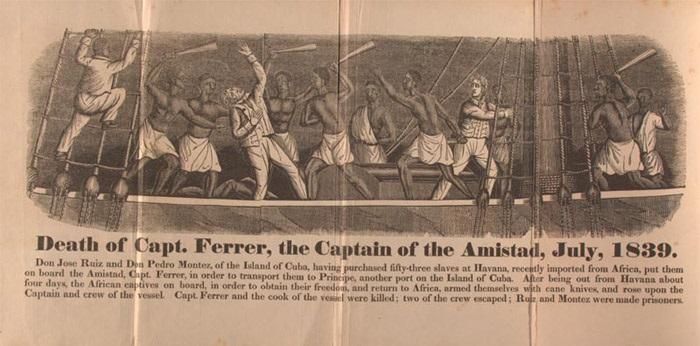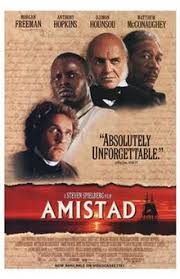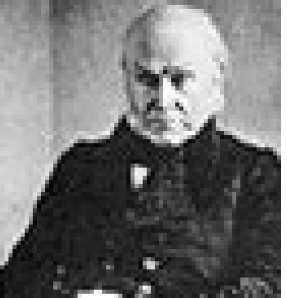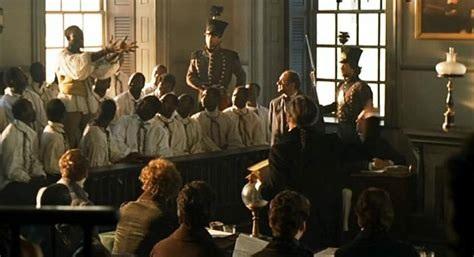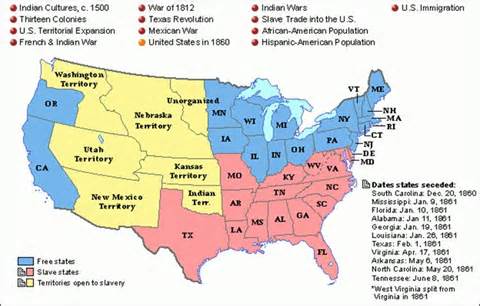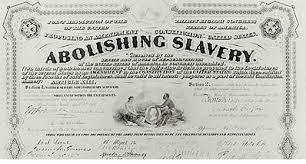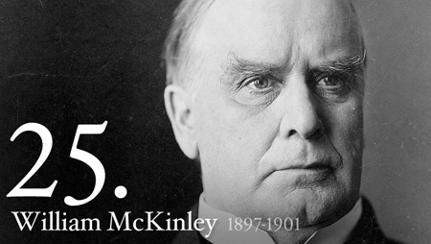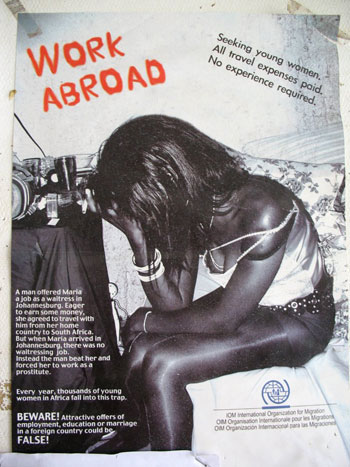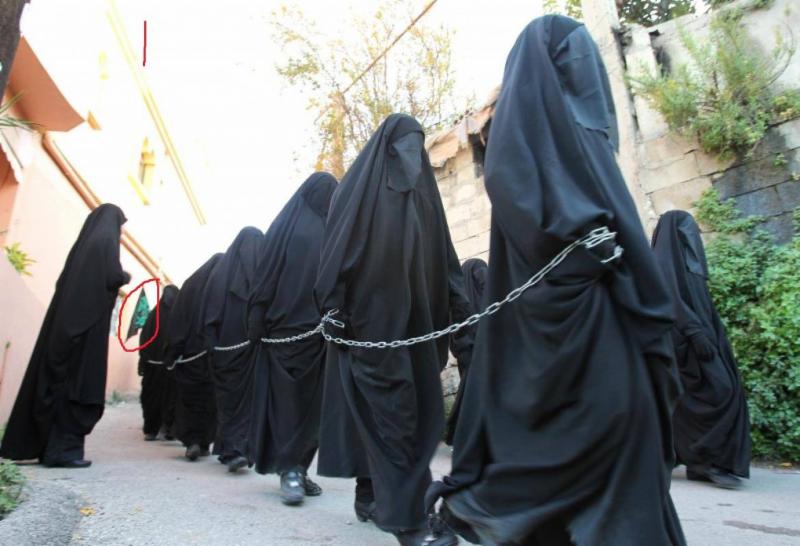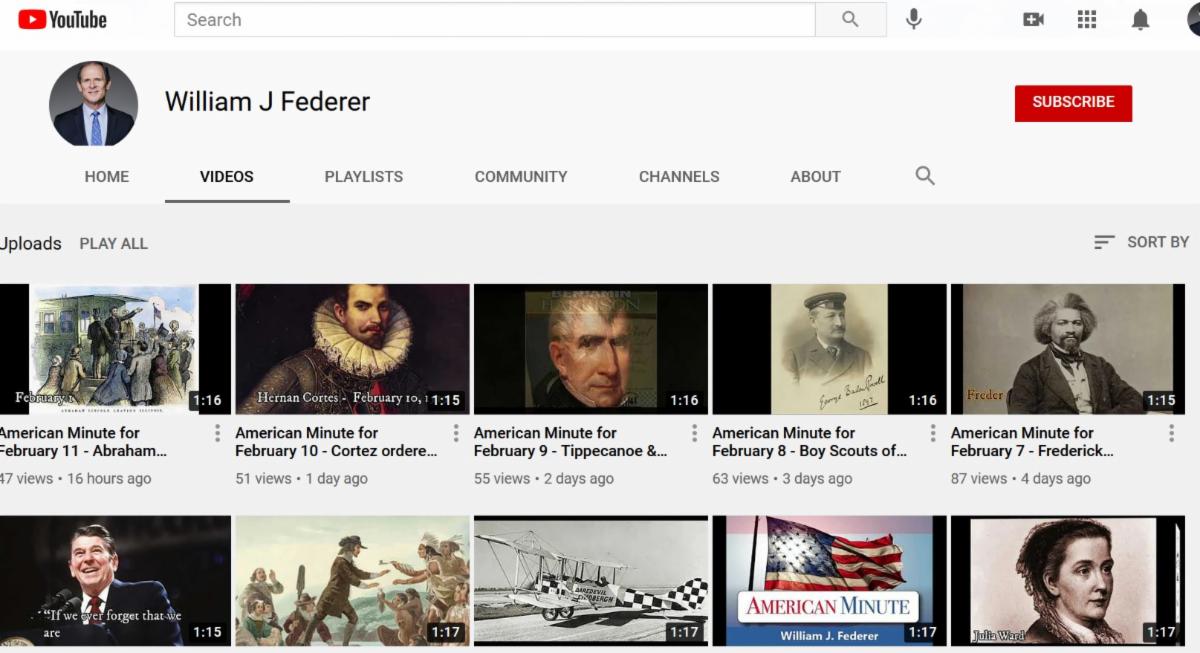In 1764, James Otis wrote in “The Rights of the British Colonies Asserted and Proved”:
“The grant of GOD Almighty … has given to all men a natural right to be free …
Colonists … are men, the common children of the same Creator …
Nature has placed all such in a state of equality and perfect freedom to act within the bounds of the laws of nature and reason …
Colonists are by the law of nature freeborn, as indeed all men are, white or black.
No better reasons can be given for enslaving those of any color than such as Baron Montesquieu has humorously given as the foundation of that cruel slavery exercised over the poor Ethiopians, which threatens one day to reduce both Europe and America to the ignorance and barbarity of the darkest ages.
Does it follow that tis right to enslave a man because he is black?
Will short, curled hair like wool … help the argument? Can any logical inference in favor of slavery be drawn from a flat nose, a long or a short face?
Nothing better can be said in favor of a (slave) trade that is the most shocking violation of the law of nature, has a direct tendency to diminish the idea of the in estimable value of liberty, and makes every dealer in it a tyrant, from the director of an African company to the petty chapman (merchant) in needles and pins on the unhappy coast.
It is a clear truth that those who everyday barter away other men’s liberty will soon care little for their own …
In the province of the Massachusetts Bay … colonists, black and white, born here are freeborn British subjects, and entitled to all the essential civil rights …
Has this whole continent of … millions of good, loyal, and useful subjects, white and black … the election of one member of the House of Commons? …
No man can take my property from me without my consent: if he does, he deprives me of my liberty and makes me a slave.”


 Pastor Dewey Moede: I have no room whatsoever for WHITE SUPREMACY!!! I am appalled by Pastors and elected officials that will not condemn these nut cases! They are EVIL PEOPLE OF SATAN! Only a coward would not condemn such behavior! I really beleive that one reason the Church in America is declining is because IT DOES NOT SPEAK AGAINST THIS TYPE OF EVIL BEHAVIOR!!! In many ways the America Church is not brining people what they need..Biblical answers to todays horrific challenges. SPEAK AGAIST EVIL!!! PEOPLRE ARE WAITING FOR YOU TO SPEAK OUT BOLDLY ABOUT EVIL!!!!!! THEY NEED HELP!! DO NOT SUPPORT ANY POLITICAN THAT WILL NOT CONDEM SUCH EVIL!!! GOD IS WATCHING!!!!
Pastor Dewey Moede: I have no room whatsoever for WHITE SUPREMACY!!! I am appalled by Pastors and elected officials that will not condemn these nut cases! They are EVIL PEOPLE OF SATAN! Only a coward would not condemn such behavior! I really beleive that one reason the Church in America is declining is because IT DOES NOT SPEAK AGAINST THIS TYPE OF EVIL BEHAVIOR!!! In many ways the America Church is not brining people what they need..Biblical answers to todays horrific challenges. SPEAK AGAIST EVIL!!! PEOPLRE ARE WAITING FOR YOU TO SPEAK OUT BOLDLY ABOUT EVIL!!!!!! THEY NEED HELP!! DO NOT SUPPORT ANY POLITICAN THAT WILL NOT CONDEM SUCH EVIL!!! GOD IS WATCHING!!!!









